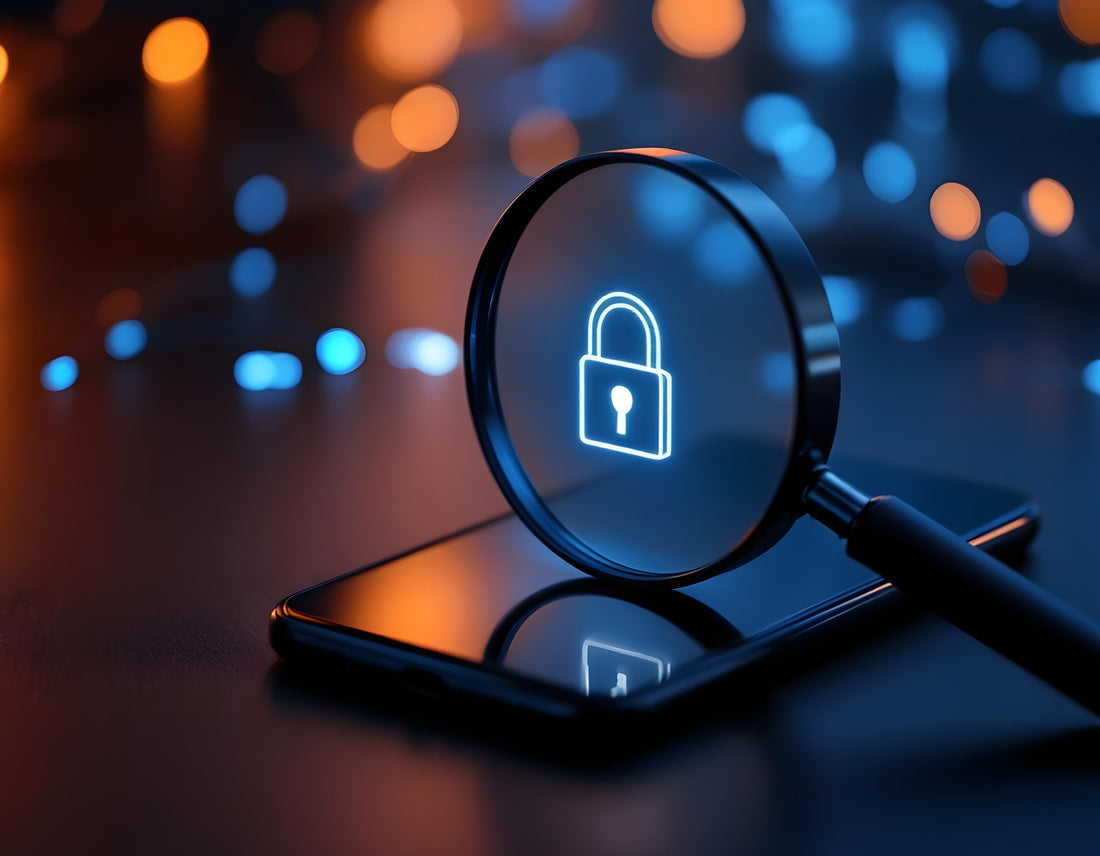
How to Check if a Device Is Blacklisted Before Buying in Canada
Device Supply SupportShare
Second-hand phones are a smart way to save money and reduce e-waste—but how can you be sure the phone you’re buying isn’t blacklisted? A blacklisted device, flagged for being lost, stolen, or unpaid, is useless on Canadian networks, leaving buyers frustrated and out of pocket. This guide will show you everything you need to know to avoid this common trap, ensuring your next purchase is secure and hassle-free.
What Is a Blacklisted Device?
A blacklisted device is flagged in a national database shared by Canadian wireless carriers. This status is applied when:
- The phone is reported as lost or stolen by its original owner.
- The carrier blocks the phone due to outstanding bills.
- The device is linked to fraudulent activities like contract breaches.
How Does Blacklisting Work?
When a phone is blacklisted, its unique IMEI (International Mobile Equipment Identity) number is flagged in a shared database. Canadian carriers use this list to block devices, ensuring they cannot connect to any participating network. This system discourages theft by making stolen phones worthless to resellers.
Does Blacklisting Apply Globally?
In some cases, blacklisted devices are also flagged internationally, depending on agreements between carriers. This means a phone blacklisted in Canada might not work abroad.
Tip: Always check a phone’s status before purchasing to avoid being stuck with a blacklisted device.
What Is an IMEI Number and Why Is It Important?
The International Mobile Equipment Identity (IMEI) number is a unique 15-digit code assigned to every mobile device. Think of it as your phone’s fingerprint, critical for identifying and tracking the device.
Key Functions of an IMEI Number
- Blacklist Verification: Carriers use the IMEI to identify and flag lost or stolen devices.
- Device Authentication: Confirms the legitimacy and history of the phone.
- Network Compatibility: Ensures the device works seamlessly on Canadian networks.
How to Find a Device’s IMEI Number
Before checking a phone’s blacklist status, you need its IMEI number. Here’s how you can locate it:
-
Dial Method: Open the phone app and dial
*#06#. The IMEI number will appear on the screen. - Settings Method: Navigate to Settings > About Phone (or About Device) to find the IMEI listed.
- Physical Check: Look for the IMEI on the SIM tray, the original box, or under the battery (if applicable).
Pro Tip: Always verify the IMEI provided by the seller matches the phone’s IMEI number to avoid fraud.
Steps to Check If a Device Is Blacklisted in Canada
1. Use DeviceCheck Canada
DeviceCheck Canada is the official national database for blacklisted devices. To check a phone’s status:
- Visit DeviceCheck Canada.
- Enter the 15-digit IMEI number into the search bar.
- Review the results. If flagged, the device is blacklisted and cannot connect to Canadian networks.
2. Contact the Carrier
Even if a phone isn’t on the national blacklist, it may still be locked by its original carrier due to unpaid bills. Contact the carrier directly to confirm the phone’s status and ensure it’s free from restrictions.
3. Use Third-Party IMEI Checkers
Additional tools like IMEI24 or doctorSIM provide detailed reports, including global blacklist status and carrier-specific restrictions.
How to Avoid Buying a Blacklisted Phone
Performing an IMEI check is essential, but here are additional steps to ensure a secure purchase:
- Request Proof of Ownership: Ask the seller for the original receipt or proof of purchase. Verify the details match the phone.
- Test the Device: Insert your SIM card to confirm it connects to a network and functions properly.
- Inspect the Phone’s History: Use trusted tools like DeviceCheck Canada for a detailed background check.
- Buy from Reputable Sellers: Choose trusted sources or certified resellers like device supply who thoroughly vet their inventory to ensure blacklist-free devices.
Pro Tip: Avoid deals that seem too good to be true—they often are.
FAQs About Blacklisted Devices
Q1: Can I Use a Blacklisted Phone on Wi-Fi?
Yes, blacklisted phones can connect to Wi-Fi and use non-cellular apps like browsing, email, or messaging. However, they cannot make calls, send texts, or use mobile data.
Q2: Can a Blacklisted Phone Be Used Outside Canada?
In some countries, blacklisted phones might work, but this depends on carrier policies and international agreements. It’s not a reliable solution.
Q3: What Should I Do If I Accidentally Buy a Blacklisted Phone?
Contact the seller or the carrier to resolve the issue. In most cases, blacklisted phones cannot be removed from the blacklist unless the underlying issue (e.g., unpaid bills) is resolved.
Q4: How Can I Tell If a Phone Is SIM-Locked or Blacklisted?
A SIM-locked phone works only on a specific carrier but isn’t blacklisted. A blacklisted phone, however, is completely unusable on all participating networks.
Q5: Can a Blacklisted Phone Be Removed from the Blacklist?
Only the original carrier can remove the phone from the blacklist, typically after resolving issues like unpaid bills or theft reports.
Conclusion
Buying a second-hand phone should be rewarding—not a source of stress. A quick IMEI check and due diligence can save you from the frustration of ending up with a blacklisted device. Use tools like DeviceCheck Canada, request proof of ownership, and always buy from trusted sellers.
For ultimate peace of mind, choose a reliable source like Device Supply. Every phone we sell is rigorously tested, verified, and ready for use on Canadian networks. Skip the guesswork and shop with confidence today.





